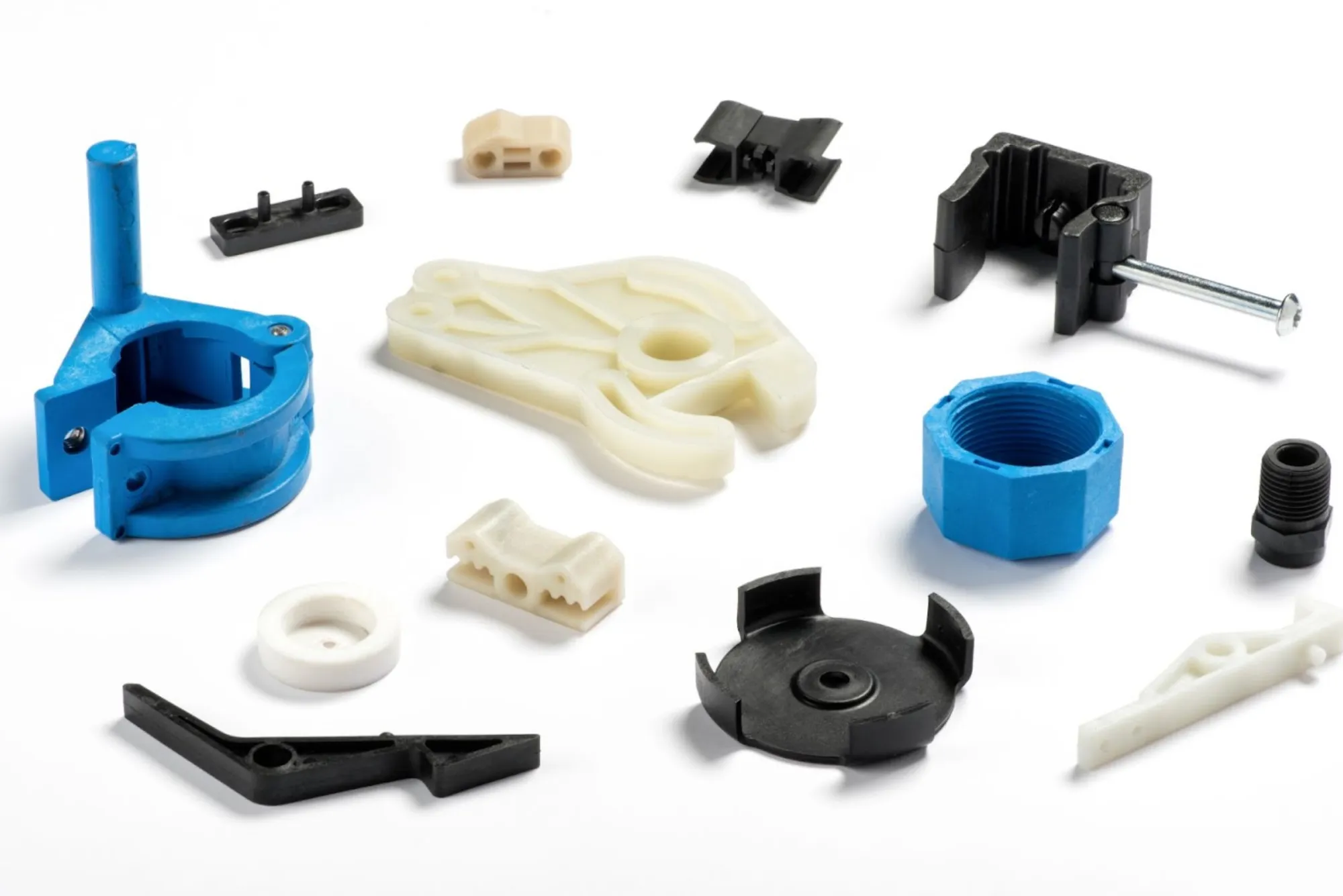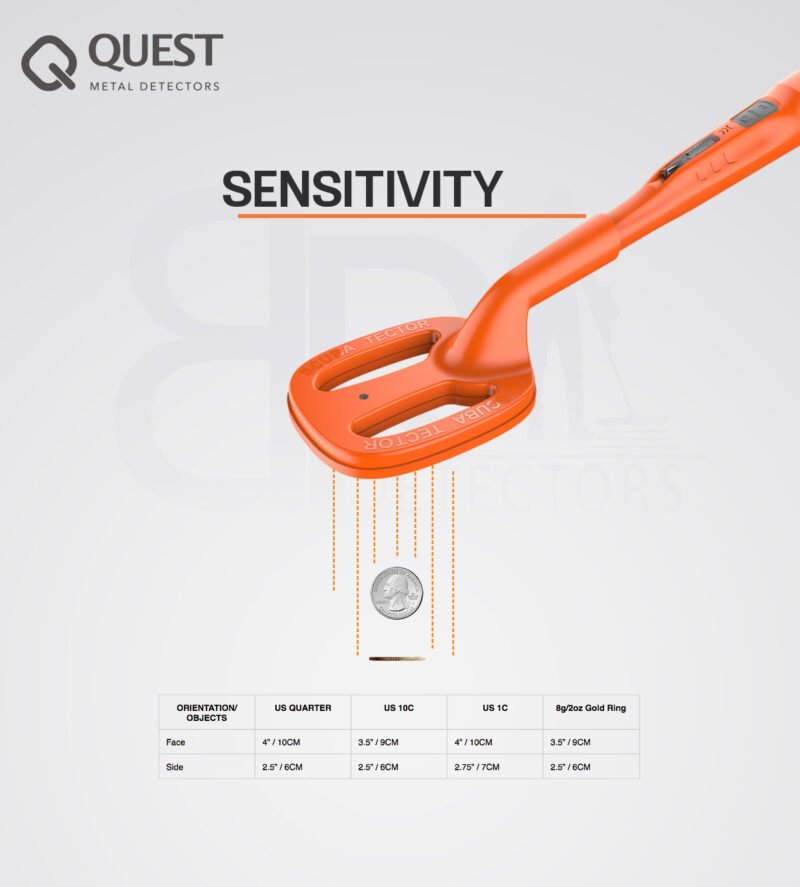When you look around your home, workplace, or even your car, chances are you are surrounded by items made with plastic components. From the keyboard you type on, to the chair you sit in, to the dashboard of your vehicle—plastic molded parts play an invisible yet essential role in modern life. But who actually makes these parts, and what exactly goes into their production? That’s where a plastic molded parts manufacturer comes in.
As someone who has worked closely with manufacturing companies and seen how products evolve from concept to final form, I can say this industry is far more complex and fascinating than many people realize. A plastic parts company isn’t just about churning out plastic products. Instead, it’s about precision engineering, material science, and problem-solving to create reliable, durable, and cost-effective components that power countless industries.
Let’s break down what a plastic molded parts manufacturer does, why their work is so critical, and how businesses choose the right partner for their projects.
The Core Role of a Plastic Molded Parts Manufacturer
At its simplest, a plastic molded parts manufacturer specializes in designing and producing parts using processes such as injection molding, blow molding, compression molding, and extrusion. These techniques involve melting raw plastic resins, shaping them into specific forms using molds, and then cooling them into solid pieces.
But in reality, their job goes well beyond just “making parts.” A good manufacturer acts as both an engineering partner and a production expert. They help companies select the right materials, optimize part designs for strength and efficiency, and scale production from a handful of prototypes to millions of units.
For example, when an automotive company needs a dashboard component, the manufacturer doesn’t just press a button and start producing. They first analyze the stress points, consider the safety requirements, and evaluate whether the part should be heat-resistant or UV-stable. This level of technical insight is what sets apart a high-quality plastic parts company from a basic supplier.
The Importance of Design and Engineering
One of the most overlooked aspects of what these companies do is design. A manufacturer often collaborates closely with product designers and engineers before production even begins. They might suggest design changes that make the mold more efficient, reduce material waste, or improve durability.
For instance, a startup creating a new consumer gadget might come with a sleek design that looks great in 3D renders but is impractical to manufacture. The plastic molded parts manufacturer can identify areas that need slight modifications, such as reinforcing thin walls or adjusting tolerances. These changes ensure the part can withstand real-world use while also being economical to produce.
This stage is critical because even a small design flaw can result in weak points, warping, or excessive costs once mass production starts. That’s why many businesses rely on a trusted plastic parts company not just for making parts, but for guiding the entire design-to-production process.
Material Selection and Expertise
Not all plastics are created equal. Depending on the end use, the choice of material can make or break a product’s performance. A manufacturer helps clients navigate the wide variety of resins available, from standard ABS and polypropylene to advanced engineering plastics like polycarbonate, nylon, or PEEK.
Each plastic has its own advantages. For example, polypropylene is lightweight and cost-effective, making it ideal for packaging and consumer goods. Polycarbonate is strong and impact-resistant, commonly used for eyewear lenses and automotive lighting. A medical device might require biocompatible plastics that meet strict regulatory standards.
Here, the plastic molded parts manufacturer acts almost like a consultant, ensuring the chosen material aligns with the product’s intended function, durability requirements, and budget. This guidance is particularly valuable for businesses that don’t have in-house materials experts.
The Manufacturing Process: From Prototype to Mass Production
The heart of a plastic parts company’s work lies in production. Once designs and materials are finalized, the next step is to create a mold—typically made of hardened steel or aluminum—that will shape the plastic into its final form. This mold can be a significant investment, especially for complex parts, but it pays off over long production runs.
The actual molding process involves heating plastic pellets until they melt, injecting or compressing them into the mold cavity, and then cooling them until they solidify. Depending on the project, manufacturers may use techniques such as:
-
Injection molding, the most common method, ideal for high-volume precision parts.
-
Blow molding, often used for hollow products like bottles and containers.
-
Compression molding, suitable for large or thick components.
After production, many parts undergo secondary operations such as trimming, surface finishing, painting, or assembly with other components. Quality control is also a critical step, as a good plastic molded parts manufacturer ensures every part meets dimensional tolerances and functional requirements.
Industries That Rely on Plastic Molded Parts
It’s easy to assume these companies only serve consumer goods, but their reach extends across nearly every sector. Automotive manufacturers depend on molded parts for dashboards, bumpers, and interior trims. Electronics companies use them for casings, connectors, and switches. The medical field relies on precision-molded devices and sterile packaging. Even aerospace and defense industries use specialized plastic parts for lightweight, high-performance applications.
In many of these industries, working with a reliable plastic parts company is non-negotiable. A faulty component in a car or medical device isn’t just inconvenient—it can pose real safety risks. That’s why businesses put so much emphasis on choosing manufacturers with proven expertise, robust quality systems, and certifications.
The Value of Choosing the Right Manufacturer
With so many options out there, how do companies decide which partner to trust? Beyond price, the best manufacturers distinguish themselves by their ability to provide end-to-end support, from concept to delivery.
A skilled plastic molded parts manufacturer doesn’t just fill orders—they collaborate, problem-solve, and innovate. They invest in modern machinery, advanced software, and continuous training to stay ahead of industry trends. And they understand that speed to market, consistency, and reliability are just as important as cost savings.
For small businesses and startups, this partnership can be a game changer. Having a supportive plastic parts company by your side means fewer mistakes, faster turnaround times, and ultimately a stronger product that customers can trust.
Final Thoughts
Plastic molded parts may seem simple, but the process of creating them requires immense expertise. From design consultation and material selection to molding, finishing, and quality assurance, a plastic molded parts manufacturer provides far more than just production services. They serve as trusted partners who help businesses bring innovative products to life while balancing cost, performance, and reliability.
Whether you’re a large automotive brand or a small startup with a new consumer gadget, working with an experienced plastic parts company can make the difference between a product that succeeds in the market and one that falls short.
So the next time you pick up an everyday plastic object, remember the complex process and skilled professionals behind it—it’s more than just plastic; it’s precision, science, and innovation molded into shape.




